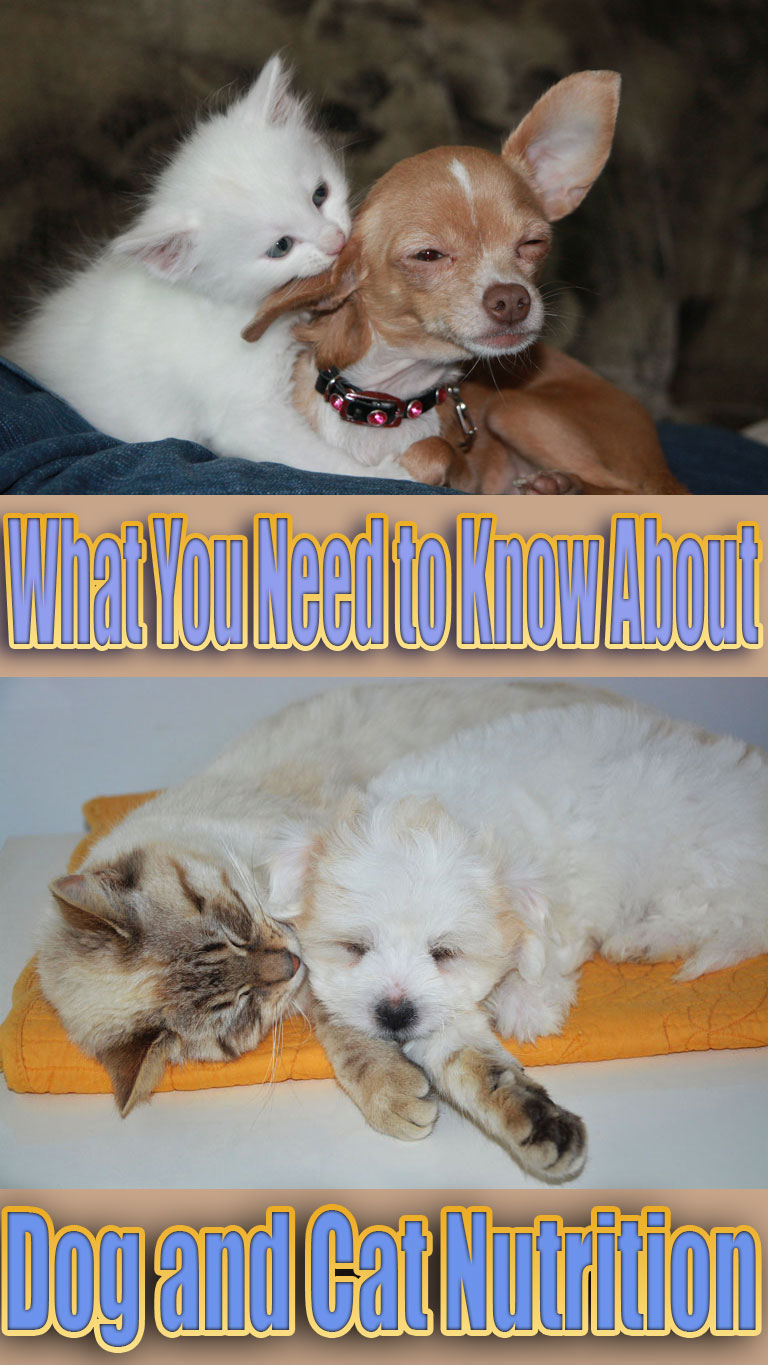
What You Need to Know About Dog and Cat Nutrition
Food is the foundation of health. How long an animal lives and, most important, the quality of its life, depend greatly on the quality and quantity of the food that it eats. Simply put, food is body-fuel, and provides the energy needed for an animal to maintain good health and condition. With regard to nourishment, quantity is not necessarily synonymous with quality. It is very possible for an animal to receive adequate quantities of food and yet still suffer degradation of health due to poor quality ingredients.
As a descendant of the wild wolf and, in fact, basically still the same species as Canis lupus, the domestic dog retains similar nutritional requirements. The same is true for the domestic cat, a member of the Felidae that includes lions, lynx, and other wild felines. Dietary sources of amino acids, energy, glucose precursors, fatty acids, vitamins, minerals, and water are required by the dog and cat to live. The most suitable sources of these nutrients are those that most closely fit the evolutionary design of the animal’s physiology. Species-appropriate sources of food help ensure optimum nutrient availability and utilization.
Protein
Dietary protein supplies essential amino acids and is needed for the manufacture of antibodies, enzymes, hormones, tissues, and proper pH balance. Protein provides energy and is essential for growth and development. Complete proteins contain ample amounts of essential amino acids and are found in foods such as meat, fish, eggs, and poultry. Incomplete proteins are found in many foods, including legumes, grains, and vegetables. Incomplete proteins must be combined with other protein sources to provide an adequate amino acid profile. But even in combination, animal sources provide a more species-appropriate array of amino acids than plant sources for the dog and cat. Protein requirements may vary per individual due to a variety of factors including their physiological state, breed, age, and the digestibility of the protein source being fed. Amino acids are altered by heat, which may reduce bioavailability.
Fat
Dietary fat is the most concentrated source of energy for the dog and cat. It also provides essential fatty acids and aids in nutrient utilization and transportation. Fat is involved in cell integrity and metabolic regulation. Saturated fat is found primarily in animal sources while polyunsaturated fat is found mostly in plant sources. Saturated fat provides greater energy for dogs and cats than carbohydrates. In fact, as long as the diet provides sufficient glucose precursors (amino acids, fats, etc.); dietary carbohydrates are not needed for growth and maintenance.
Fats (and oils) are composed of fatty acids, sometimes referred to as vitamin F. Fatty acids are found in both animal and plant sources. The two most familiar categories of essential fatty acids (EFAs) are omega-3 and omega-6. Omega-3s include alpha-linolenic (ALA), eicosapentaenoic acid (EPA) and docosahexaenoic acid (DHA). Omega-6s include linoleic acid (LA) and gamma-linolenic acids (GLA). Trans-fatty acids, dangerous free radicals, are formed when unsaturated oils are exposed to heat, light, or oxygen.
Vitamins
Vitamins are essential for metabolism regulation, normal growth and function. Vitamins are found in food and some are synthesized in the animal’s body. They are classified as either water- or fat-soluble. Fat-soluble vitamins include A, D, E, and K. Water-soluble vitamins include C, and the B-complex. Generally, fat-soluble vitamins are stored in the body, while water-soluble vitamins pass through more quickly. Many vitamins are destroyed by heat, light, and oxygen.
Minerals
Minerals are essential to the dog and cat, and are involved in almost all physiological reactions. They contribute to enzyme formation, pH balance, nutrient utilization, oxygen transportation, and are stored in bone and muscle tissue. Biological availability may vary widely depending on the source of the mineral. Elemental minerals are generally taken from the earth or water. Chelated minerals are bound with other organic substances making them often easier for the body to absorb. Minerals include calcium, chloride, chromium, cobalt, copper, fluorine, iodine, iron, magnesium, manganese, molybdenum, phosphorus, potassium, selenium, silicon, sodium, sulfur, and zinc. There are other mineral elements required by dogs and cats at trace concentrations. Many minerals may be lost in heat-processing. Minerals, like vitamins, work synergistically. They have a cooperative action between them.
Water
Water is an essential nutrient and is vital to every cell in the animal’s body. An adult’s body is approximately 60 percent water, with the percentage even higher in the puppy or kitten. Water transports nutrients and waste in and out of the cells. It is necessary for temperature regulation, digestion, circulation, nutrient absorption and utilization. Water loss occurs mostly through urine, feces, lungs, skin, and the milk of a lactating female. In addition to drinking water, the dog or cat may obtain water from its food, depending on the type of food and its moisture content. Good quality water is as equally important to health as good quality food.
Raw vs. Cooked Food
Today, the dog and cat caregiver has many feeding options. Choices include mass-produced commercially-formulated diets and home-prepared diets, either raw or cooked. For most of our evolutionary history with dogs and cats (at least 14,000 years or more for dogs and at least 3,000 years for cats) guardians have formulated diets in the home and/or shared their own food with them. More recently, pet food manufacturers have produced products ready-made in dry, canned, and semi-moist form which some people find extremely convenient to use.
But, as the famous nutritionist Dr. Bernard Jensen once said “There is no right way to do the wrong thing.” Convenience, nor price, of commercial diets does not necessarily insure that they will provide species-appropriate nutrients in forms that our animals can best utilize for good health. One must consider that dogs and cats have thrived in good health on real, raw food for many thousands of years. Only recently have we fed them foreign commercial food products and, with the increase in animal illness, we must in good conscience and logical reason, consider the correlation. It is recommended that much research be done to determine which type of diet is correct for each individual animal.
Special Life Stages
Puppies and Kittens
Newborn pups and kittens should be encouraged to nurse soon after they are born to receive their mother’s colostrum. Colostrum, rich in protein, is the first fluid secreted by the mammary glands and contains important immune and growth factors. If the young must be hand-reared, supplemental colostrum may be purchased and added to formula. There are many formulas and recipes for feeding orphans.
Commercial formulas are available or one may choose to follow a homemade version such as the following one by Dr. Richard Pitcairn, D.V.M., and PH.D.:1 cup half-and-half, 2 large eggs, 1 tablespoon protein powder, ¾ teaspoon bone meal, and 1-2 days worth of dog vitamin/mineral supplement. Some breeders use supplemented goat’s milk. Generally, cow’s milk is not recommended. All formula should be given at body temperature and fed via bottle or stomach tube. Amount depends on age and size of the animal. After each feeding it is important to gently massage the young’s belly, genital and anal area with a warm moistened cloth to stimulate urination and defecation. Newborns need to be fed approximately every 2 hours.
Weaning
Ideally, puppies and kittens should be allowed to nurse until their mother chooses to wean them. Orphans can usually start the weaning process at about 3 weeks of age. The new food should be made soft and easy for them to lap, but not so mushy that it is inhaled through the nostrils. Weanlings can be fed 4 times a day until they are 2 months old, then 3 times daily until 4 to 6 months old, then 2 times daily until 1 year, either staying on twice daily feedings or reducing to once daily. Growing youngster may eat nearly double the amount of food as an adult, proportionately. But, it is important not to over-feed growing puppies and kittens as it places unwanted stress and weight on growing bodies.
Pregnancy and Lactation
Obviously, it is extremely important that a female receive excellent nutrition during the time that she is developing and nourishing her young. Actually, she needs proper nutrition before pregnancy, to help facilitate normal fertility. During the latter half of pregnancy, the female will need her food divided into smaller, more frequent meals as her stomach begins to compete for the space occupied by her rapidly growing young.
The amount of increase in her food intake will depend greatly on the type of food being fed. The greater the nutrient value, the less she will need to increase the volume of it. As her due date draws near, many females will experience a decrease in appetite. A female in good health and condition should be able to deliver and care for her young quite easily.
During labor, many females choose to consume the placentas, which are a rich source of nutrients and hormones. And since many new mothers are reluctant to eat their regular food immediately after delivery, eating the placentas may provide her with a readily available and desirable source of nutrition.
Lactation greatly increases the nutritional needs of the female. As the pups and kittens grow, so do their nutritional demands for mother’s milk. She should be fed multiple daily meals of nutrient-rich food. As the young are weaned onto solid food, their need for her milk will decrease and her intake can be very gradually lowered to her normal ration.
Seniors
Senior dog and cat nutritional requirements vary greatly depending on breed, activity level, health, and type of food being fed. Older animals may not utilize nutrients as well as they did when young. Therefore, it is vitally important that they receive an optimal amount of easily absorbable nutrients. An older dog or cat that is less active will need the total amount of food decreased, yet may need an increase in the amount of vitamins, minerals, and enzymes. It is important to feed high quality protein as poor quality protein may put unwanted stress on the aged kidneys of an older dog.
When considering what type of diet to feed your dog or cat, it is important to remember that many important nutrients are damaged by heat, light, and oxygen. It is also important to keep in mind that a dog or cat will best utilize nutrients that their body evolved to thrive on.
Each species’ body evolved a particular way that enables it to utilize very particular foods. For example, cows did not evolve to eat rabbits; and dolphins are not built to eat horses. If an animal guardian wishes to raise a healthy dog or cat, it is up to them to choose a species-appropriate diet that provides nutrients that the animal can easily use to achieve good health.
By Kymythy Schultze Clinical Nutritionist
Link to original article


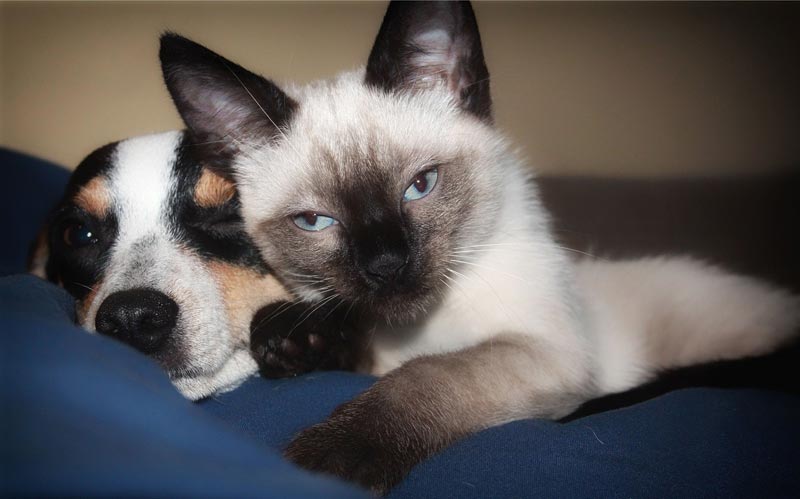

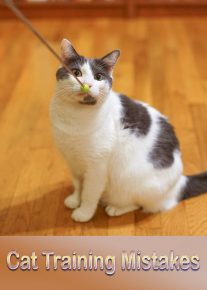
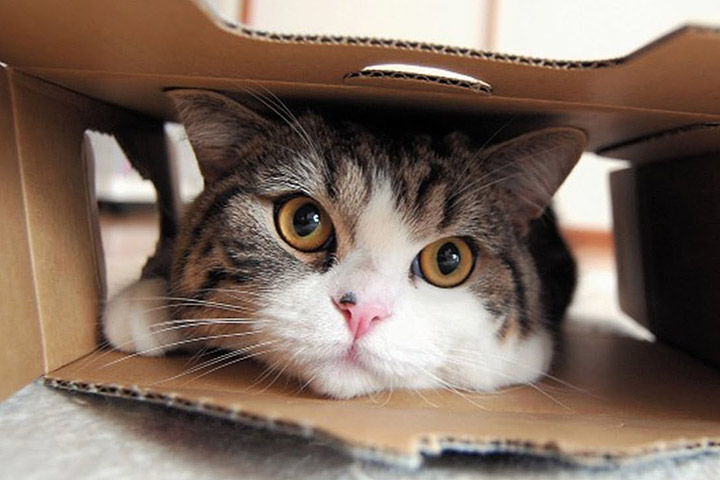
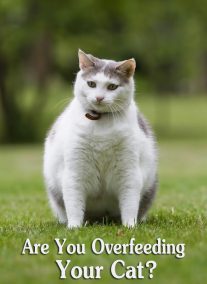
Leave a Reply